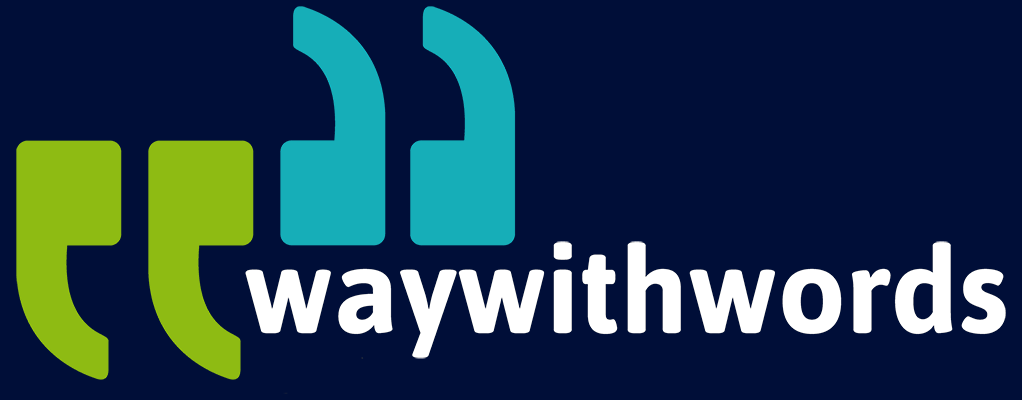Automated Caption Quality Checks: Tools and Techniques
Are There Automated Tools for Checking Caption Quality?
Ensuring the accuracy of captions is essential for accessibility, user engagement, and compliance with legal requirements. As video content continues to grow across platforms, content creators, video editors, media professionals, educators, and corporate trainers must ensure their captions are both high quality and error-free. This need has led to the rise of automated caption tools that provide efficient and effective caption quality checks.
With the increasing reliance on captioning software, the question arises: Are there automated tools for checking caption quality? Many professionals ask similar questions when exploring automated caption tools:
- What are the best automated tools for performing a caption quality check?
- How reliable are automated caption tools compared to human review?
- What are the benefits and limitations of using captioning software for quality control?
This short guide examines how captioning software enhances quality assurance, the most effective tools available, best practices for their use, real-world applications, and the significance of human oversight in maintaining accuracy.
5 Key Captioning Topics
1. The Benefits of Automated Caption Quality Checks
Using automated caption tools for quality control provides several significant advantages, helping content creators, video editors, and media professionals maintain high levels of accuracy and efficiency. These tools utilise artificial intelligence (AI) and machine learning algorithms to analyse captions, identify errors, and flag inconsistencies in grammar, spelling, punctuation, and timing. They can detect missing or misaligned captions, ensuring synchronisation with spoken dialogue, which is crucial for accessibility and compliance with legal requirements. Furthermore, automated captioning software can standardise formatting across multiple projects, maintaining uniformity in style, font, and placement.
Advanced tools also incorporate speaker differentiation, background noise filtering, and multi-language support, making them versatile for diverse content types. By streamlining the captioning workflow, automated tools significantly reduce the time and resources required for manual review while still allowing for human oversight where necessary. They enhance scalability, enabling organisations to handle large volumes of video content efficiently while ensuring that all captions meet quality and accessibility standards. Whether for live broadcasts, recorded media, or e-learning platforms, automated caption quality checks help deliver a seamless viewing experience for all audiences.
- Efficiency and Speed: Automated tools can review captions significantly faster than human editors, making them ideal for high-volume content production.
- Error Detection: AI-powered systems can spot spelling mistakes, incorrect punctuation, and misaligned timestamps, providing a thorough caption quality check.
- Standardisation: Many captioning software solutions ensure consistent formatting and terminology across all content.
- Legal Compliance: Ensuring captions meet accessibility regulations, such as WCAG and the UK Equality Act, is simplified through automated quality control.
- Scalability: Automated checks make it easier to process and verify large volumes of captioned content efficiently.
2. Key Automated Captioning Tools
Several automated caption tools help professionals enhance quality control by providing a range of advanced functionalities tailored to different needs. These tools incorporate artificial intelligence (AI) and machine learning to detect and correct errors, ensuring captions are accurate, synchronised, and compliant with accessibility standards.
Some tools focus on real-time captioning, enabling live event and streaming caption accuracy, while others are optimised for post-production workflows, allowing for in-depth review and customisation. Pricing and features vary, with some solutions offering basic caption checks, while others provide comprehensive quality control, including automated error detection, speaker differentiation, punctuation correction, and multilingual support.
Choosing the right captioning software depends on the specific use case, budget, and level of required accuracy. Professionals should consider tools that integrate seamlessly into their existing workflows, support industry standards, and allow for human review where necessary. By selecting the appropriate caption quality check tools, content creators, media professionals, and educators can significantly enhance the accessibility, clarity, and professionalism of their video content.
- Rev: Uses AI-driven speech recognition to enhance caption accuracy with customisable options.
- Otter: Provides live and post-event transcriptions with auto-editing features and integration with other applications.
- Trint: Offers word-by-word tracking, seamless editing, and export functions in multiple formats.
- Adobe Premiere Pro Auto-Captions: Integrates directly with video editing workflows, enabling real-time caption quality check processes.
- Way With Words Hybrid Captioning Service: A combination of AI-driven captioning with human oversight for the highest accuracy and compliance.

3. Best Practices for Using Automated Caption Tools
For the most effective caption quality check, users should follow comprehensive best practices when incorporating automated caption tools. These practices ensure the accuracy, consistency, and compliance of captions, helping content creators, media professionals, and educators deliver high-quality captioned content. By integrating AI-driven captioning software with structured quality control processes, users can enhance their workflow efficiency while maintaining caption readability and precision.
- Use AI with Human Review: While AI speeds up quality checks, human editors ensure contextual accuracy.
- Establish Formatting Standards: Predefine caption styles, punctuation rules, and speaker identification conventions.
- Regular Software Updates: Keep captioning software updated to benefit from the latest accuracy improvements.
- Verify Synchronisation: Check that captions align with spoken audio to avoid timing issues.
- Conduct Sample Testing: Periodically review randomly selected caption files to maintain quality control.
4. Case Studies of Successful Caption Quality Checks
Businesses and organisations using automated caption tools have significantly enhanced accessibility, regulatory compliance, and audience engagement. These tools help streamline captioning processes, reduce human effort, and improve overall content accessibility for diverse audiences. By leveraging AI-driven captioning software, businesses ensure that video content is inclusive and meets industry standards while also improving efficiency in quality control workflows. Automated captioning allows for greater scalability, making it easier for companies to caption large volumes of content accurately and consistently.
Many organisations integrate these tools with existing workflows to enhance captioning speed and maintain standardisation. Automated caption quality check tools identify inconsistencies, ensuring that captions are free of errors, well-timed, and easy to read. While these tools offer immense benefits, they are most effective when paired with human oversight to verify accuracy, adjust nuances, and refine language to align with the intended message.
This combination of automation and human expertise ensures that captioning quality remains high, meeting both legal requirements and audience expectations. Companies that implement automated captioning software effectively can achieve a seamless balance between efficiency and precision in their content accessibility efforts.
- BBC: Uses AI-driven captioning software combined with professional review teams to maintain high accessibility standards.
- Netflix: Employs automated caption quality check tools to detect inconsistencies before final human verification.
- Corporate Training Providers: Many organisations use automation for initial checks, ensuring consistent, high-quality captions across training materials.
5. The Importance of Human Oversight in Caption Quality Checks
While automated caption tools offer significant advantages, they cannot completely replace human expertise. AI models, despite their advancements, may struggle with nuanced language, misinterpret context, or fail to accurately capture regional dialects, humour, and industry-specific jargon. This makes human verification an essential step in ensuring the highest quality captions.
Professionals play a key role in refining automated output by reviewing errors, verifying synchronisation, and ensuring that captions adhere to accessibility standards. They also enhance the readability of captions by addressing cultural sensitivities, refining sentence structures, and making manual adjustments where AI falls short. Without human oversight, automated captions may lead to misunderstandings or misrepresentation of spoken content, particularly in complex discussions, fast-paced dialogue, or multimedia with background noise.
- Contextual Accuracy: Detecting errors in meaning that AI may overlook.
- Idiomatic and Cultural Sensitivity: Adjusting captions for better readability and comprehension.
- Manual Corrections: Fixing errors that automation cannot catch, ensuring high-quality output.

Key Captioning Tips
- Use a hybrid approach: AI-driven checks should complement human verification.
- Keep formatting consistent: Establish and maintain captioning style guidelines.
- Update tools regularly: Ensure the latest improvements in captioning software are applied.
- Check for synchronisation errors: Ensure captions are properly aligned with spoken dialogue.
- Perform manual reviews for critical content: Important or sensitive material should always be reviewed by a human editor.
Automated caption tools provide an invaluable way to improve caption accuracy, consistency, and compliance with accessibility laws. However, their effectiveness is maximised when combined with human oversight. By integrating captioning software into workflows, professionals can significantly enhance the quality of their captions while ensuring clarity and accessibility for all audiences.
Using the right mix of automated caption tools and human expertise will help content creators, video editors, media professionals, educators, and corporate trainers maintain high-quality captions for their video content.
Captioning Resources
Further Captioning Resources: Quality Control – This Wikipedia article covers quality control processes, including how automated tools can help ensure caption accuracy and quality.
Featured Captioning Solution: Way With Words Captioning Services – Achieve consistent and high-quality captions across all your video content with our professional services. We provide standardised captioning that ensures uniformity and accuracy for every video.
